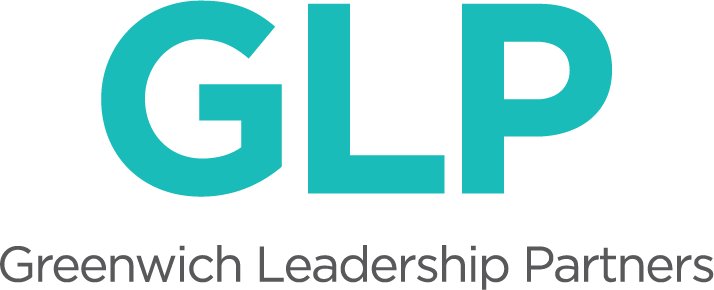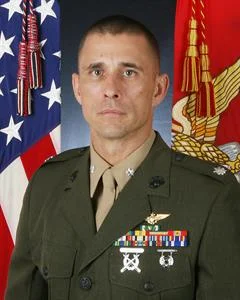Sometimes what you don’t plan to learn is what really sticks.
Liz and I just finished our first year working with seven extraordinary school teams in High Tech High’s Education Leadership Academy (ELA). Last week, the program culminated with Presentations of Learning where each team exhibited the leadership project they designed and launched at their schools. All teams shared a goal to strengthen deeper learning and equity in their schools. But every project was profoundly different in design—some represented whole school change, some targeted a particular practice or question—and all had a unique focus aligned with the team’s interests and their students’ needs.






